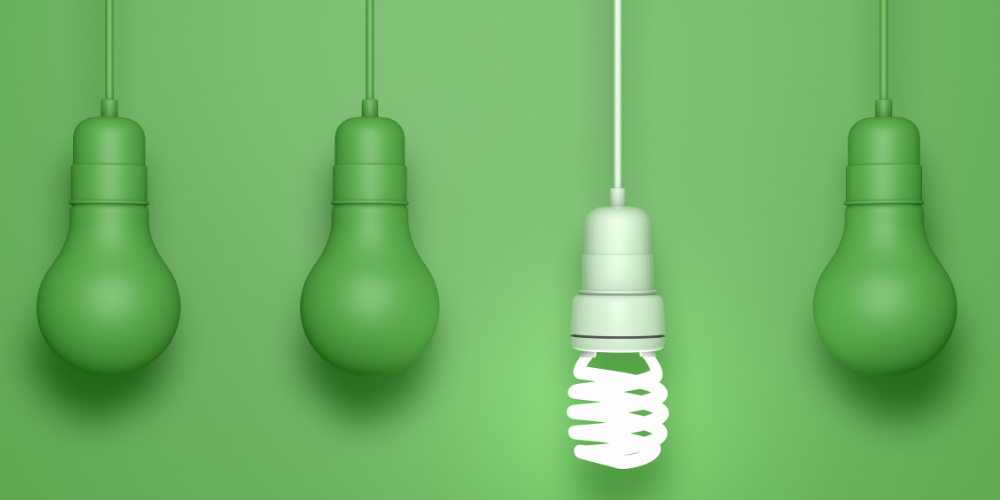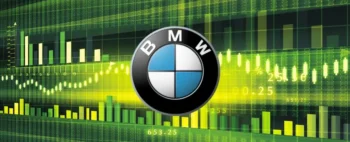In today’s world, energy efficiency has become a critical consideration for individuals and organizations. Embracing energy-efficient technologies helps reduce carbon footprints and leads to significant cost savings. Whether you’re a homeowner looking to upgrade your energy systems or a business aiming to enhance sustainability, procuring technology for energy efficiency is a wise investment.
Guide to Procure Technology for Energy Efficiency
This guide will help you acquire the right energy-efficient technology to meet your needs while contributing to a greener future.
Define Your Energy Efficiency Goals
Begin by clearly defining your energy efficiency objectives. Whether you’re interested in reducing utility bills, minimizing environmental impact, or complying with energy regulations, having well-defined goals will guide your technology procurement process. These goals will be the foundation for your decisions and help you stay focused on your energy efficiency mission.
Conduct an Energy Audit
Before procuring any technology, it’s crucial to understand your current energy consumption patterns. Consider conducting an energy audit of your home or business. This audit will help identify areas where energy is being wasted and where technology can make the most significant impact. You can hire professionals or use energy auditing tools to assess your energy usage comprehensively.
Research Energy-Efficient Technologies
Explore the diverse range of energy-efficient technologies available in the market. These include energy-efficient appliances, LED lighting, smart thermostats, energy management systems, solar panels, and more. Research the latest advancements, read reviews, and seek recommendations from experts or peers to identify the technologies that align with your goals and budget.
Assess Your Budget
Determine your budget for procuring energy-efficient technology. This budget should include the initial purchase and installation, maintenance, and operational expenses. Be realistic about your financial constraints and ensure that your budget is adequate to cover all aspects of technology acquisition and utilization.
Calculate Potential Savings
Estimate the potential energy savings that the chosen technology can offer. Many energy-efficient technologies have calculators or tools to help you project your savings over time. This information is crucial for making an informed decision and demonstrating the return on investment (ROI) to stakeholders or decision-makers.
Consider Renewable Energy Sources
Consider integrating renewable energy sources into your procurement plan to reduce carbon footprint and achieve sustainable energy practices. Technologies like solar panels, wind turbines, and geothermal systems can generate clean energy and further enhance your energy efficiency efforts.
Evaluate Vendor Reputation
When selecting technology vendors or suppliers, consider their reputation in the industry. Opt for vendors known for their quality products, reliable customer support, and a commitment to energy efficiency. Customer reviews and references can provide valuable insights into the vendor’s performance and the durability of their products.
Assess Compatibility and Integration
Ensure that the chosen energy-efficient technology seamlessly integrates with your existing systems and infrastructure. Compatibility with your current setup is essential for hassle-free installation and optimal performance. Verify that the technology aligns with industry standards to ensure smooth integration.
Review Warranty and Maintenance
Carefully review the warranty and maintenance terms offered by the vendor. Robust warranty coverage can provide peace of mind in case of unexpected issues. Additionally, long-term maintenance requirements must be considered to ensure the technology continues to operate efficiently.
Seek Incentives and Rebates
Check for local, state, or federal incentives and rebates that may be available for adopting energy-efficient technologies. These incentives can significantly offset the initial costs and improve the ROI of your procurement efforts. Consult with energy authorities or government agencies to learn about available programs.
Procure and Install
Once you’ve made an informed decision, proceed with procuring the chosen energy-efficient technology. Follow the vendor’s installation guidelines, and consider hiring professionals if necessary to ensure proper setup and compliance with safety standards.
Monitor and Optimize
After implementation, the performance of energy-efficient technology should be regularly monitored. Energy monitoring tools and software track energy consumption and verify that the technology delivers the expected savings. Based on data insights, continuously optimize its use to maximize efficiency.
Conclusion
Procuring technology for energy efficiency is a proactive step toward reducing energy consumption, saving money, and contributing to a sustainable future. Following this comprehensive step-by-step guide, you can navigate the procurement process effectively and select the right energy-efficient technologies that align with your goals and budget. Energy efficiency benefits your bottom line and plays a vital role in mitigating the environmental impacts of energy consumption. Embrace these technologies, and you’ll be on your way to a greener, more sustainable future.










